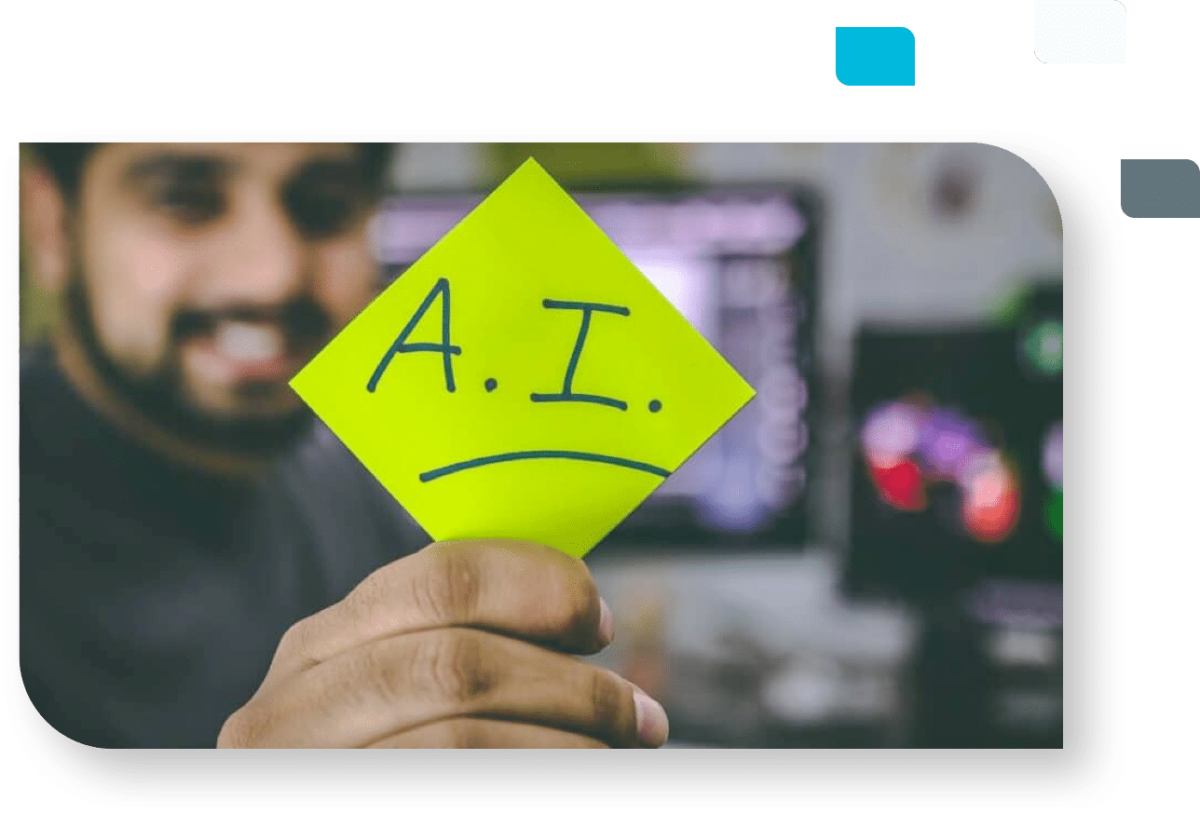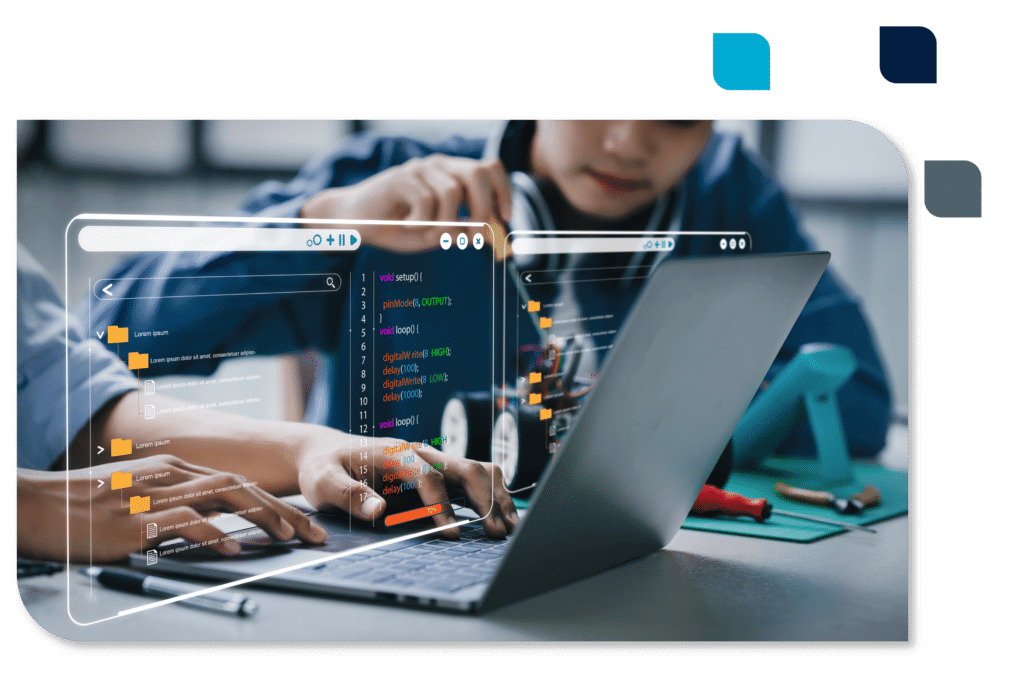Over the past year, no topic has been more discussed among K-12 educators than artificial intelligence (AI) and, in particular, generative AI in education. As an application, generative AI learns from existing, input data to generate new content that reflects the characteristics of the training data but does not repeat it. Thus, generative AI can produce a wide variety of new content, including images, videos, music, speech, text, software code, and more.
It’s this “new content” capability that has stirred the hornet’s nest of discussion. Simply put, generative AI, when used improperly, can subvert student learning outcomes. Not only can generative AI produce content on behalf of students, but it can also hamper creative and critical thinking skill development among other considerations.
Oh, but there’s so much good that can be realized by the proper use of generative AI, by both students and teachers. And it’s that age-old paradox, the potential “good” versus “evil,” and much more than the mundane “in between” that has educators so split on the use of generative AI tools.
Most School Districts Currently Block Generative AI Applications
The generative AI in education debate continues, but in practice, most school districts have taken a hard stand against the tools. The vast majority.
How much so, you ask? According to aggregate data pulled from the over 28,000 schools that deploy Lightspeed Filter™, over 92 percent of them have blocked access to the most popular generative AI tools.
Blocking access, both on-campus and with school-issued devices, isn’t a long-term solution, as generative AI is most definitely here to stay. At best, the current situation is a standby measure as districts evaluate how best to integrate the technology into curricula and classrooms.

School Districts are Split on the Use—and Misuse—of Generative AI Apps
Schools are split as to the use and misuse of generative AI. At one end of the spectrum, some schools take a zero-tolerance approach, associating the use of generative AI tools with plagiarism. In that situation, districts deploy AI detection tools to identify occasions where students deliver AI-generated assignments.
At the other end of the spectrum are schools that work to integrate generative AI applications to support and further accelerate student learning. Rather than investing time and other resources in identifying misuse, teachers and other faculty work collaboratively to collectively understand the benefits, limitations, responsible use cases, and potential threats in using generative AI in school.
Seeking a Long-Term Solution to the Generative AI Quandary
So, which approach is best? I suppose that depends. However, there is one approach that is more practical.
The learning environment is a digital environment, and as such, technology is a tool, just as it is in most every profession. If schools—teachers and students, alike—can use generative AI tools responsibly and effectively, it simply better prepares students for further education and their prospective careers.
In May, the Walton Family Foundation issued a press release reporting the results of the first national survey of teachers and students about ChatGPT, the most popular generative AI tool. The findings included the following:
- Teachers were nearly four times more likely to have allowed students to use ChatGPT (38 percent) than caught them using it without their permission (10 percent). Only 15 percent of students admitted to using the program without their teachers’ permission.
- Most students thought ChatGPT could help them become better students (68 percent) and help them learn faster (75 percent). Teachers agreed: 73 percent said ChatGPT could help their students learn more.
- The majority of students (63 percent) and teachers (72 percent) agreed that “ChatGPT is just another example of why we can’t keep doing things the old way for schools in the modern world.”
Focus on Enhancing Student Learning Outcomes
How do we integrate generative AI into education? Should we focus on: 1) Detecting, punishing, and ultimately preventing the use of generative AI, or 2) Integrating generative AI into established curricula and teaching methods? I’m not certain this is a simple black or white question.
However, education has always been an innovative profession, adapting to new tools and methods. Just like the availability of advanced scientific calculators over forty years ago caused a stir in math departments around the world, generative AI sparks concerns throughout schools. However, in short time, we’ll all figure it out and learn how to use generative AI to engage learners, enhance learning experiences, and reduce administrative overhead—parents, teachers, students, and administrators alike.

